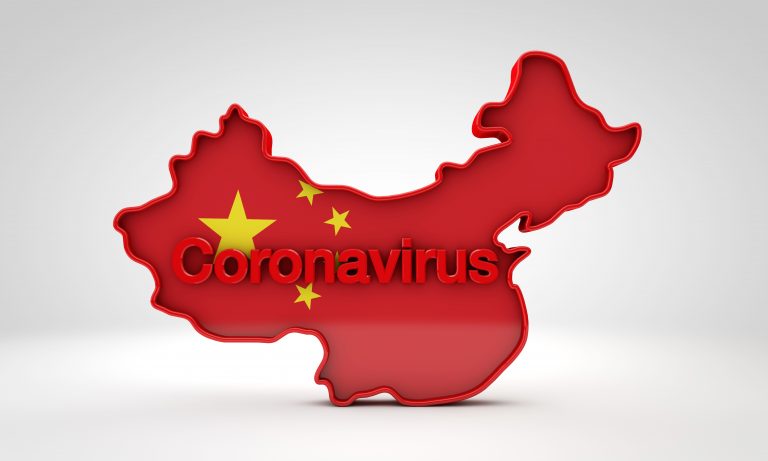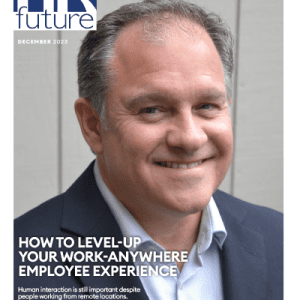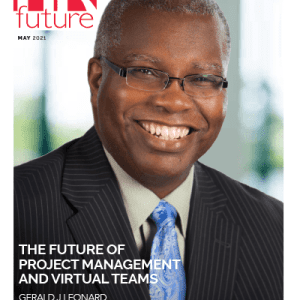Every innovation starts as a spark – a wild idea, a notion that seems a little too bold, a little too far-fetched, even. But imagine if HR could be the match that sets those sparks alight, creating an ecosystem in which ideas don’t just pop up like lone weeds, but flourish into an entire garden of creativity.
In forward-thinking companies, HR is doing exactly that: nurturing environments where ideation can thrive, evolve, and occasionally bloom into powerful “eureka” moments. Let’s delve into how HR pulls this off.
The Ideation Ecosystem: Fertile Ground for Creativity
Think of ideation as a living, breathing ecosystem. Ideas are not created in a vacuum, they need fertile soil, a bit of sun, and the occasional well-timed joke to break the tension in a brainstorming session. HR isn’t just there to toss a bit of water on this soil; they’re the chief gardeners, clearing obstacles, planting seeds of inspiration, and perhaps even tossing in a few unexpected ideas of their own.
In this ecosystem, everyone should feel that their thoughts are welcome; after all, today’s eccentric ideas could be tomorrow’s groundbreaking solutions. And so, HR’s role is about cultivating psychological safety, promoting an open, idea-friendly culture, and sprinkling in enough motivation to keep those ideas rolling.
A Case in Point
When it comes to building a truly collaborative ideation ecosystem, ideas software companies like Sideways6 are leading the charge. This company has dedicated itself to transforming how organisations tap into the creative power of their employees by providing a platform that captures, develops, and amplifies employee ideas. Instead of leaving ideation to sporadic brainstorming sessions, Sideways6 enables continuous innovation by integrating with existing communication tools like Microsoft Teams, Yammer, and Slack, making it seamless for employees to share ideas directly from the platforms they use every day.
Sideways6’s innovation in this space is unique not just because of its tech, but because of its focus on employee engagement. They recognize that ideation ecosystems thrive only when employees feel their voices are heard and valued, and so they’ve built features that allow organisations to engage employees with interactive challenges, upvoting systems, and feedback loops. These elements make ideation less of a task and more of an organic part of the workplace culture. By blending technology with a human-centred approach, Sideways6 exemplifies how an ideation ecosystem can be both high-tech and highly engaging.
Scouting for Sparks: Identifying Ideators
Some people have a knack for ideation. These folks may not have “Innovator” in their job title, but their potential for ideation is invaluable.
HR’s role in an ideation ecosystem involves spotting these hidden innovators – employees who think outside the box. It’s not just about filling job descriptions anymore; it’s about recognising and recruiting people who can add that dash of creativity that makes a company hum. Training managers to recognize and nurture this talent is another essential part of the HR toolkit in fostering an ecosystem that celebrates ideation.
Fueling the Creative Engine: Cultivating Diverse Think Tanks
A diverse workplace culture is not just a nice-to-have; it’s a performance driver. For example, organisations with gender-diverse teams are 15% more likely to outperform their peers, and those with ethnic diversity are 35% more likely to do so. This is where HR becomes essential, shaping a space in which varied perspectives blend, and new ideas thrive. If ideas are sparks, diversity is the fuel. A room filled with similar backgrounds, experiences, and thinking styles is like trying to start a fire with wet wood; throw in diverse perspectives, suddenly, the conversation starts to pop.
HR’s job is to make sure every team has the right mix of people: thinkers, dreamers, doers, and maybe even a couple of sceptics to keep things grounded. It’s about creating think tanks with cognitive diversity – bringing together people who think and approach problems differently; sometimes, it’s the person with the “wacky” ideas who ends up bringing the gold to the table.
Encouraging Experimentation without Fear
A bold HR approach is one that promotes a culture in which it’s okay to try, fail, and try again. HR must seek to establish an environment where trying something new isn’t just encouraged – it’s expected.
In this regard, “failure” is rebranded as learning. HR departments that get this right don’t just throw around terms like “innovation-friendly culture” in the company handbook; they actively champion managers who encourage risk-taking, reward teams for brainstorming sessions, and make ideation workshops a standard part of company culture.
Tools of the Trade: Providing Platforms for Ideation
To manage ideation effectively, HR is increasingly leaning on technology, as seen by the global HR software market’s growth at a CAGR of 10.4% from 2023 to 2028. These platforms streamline ideation, enabling HR to support collaboration with tools that fit today’s fast-paced workplace.
Imagine asking employees to share their ideas but then giving them nothing but an ancient inbox to do it. An ideation ecosystem needs tools – and not just any tools, but the right tools. Platforms like innovation portals, digital whiteboards, and dedicated brainstorming spaces are a must for idea sharing, development, and collaboration.
HR is often the “tech whisperer” in this domain, evaluating and implementing tools that bring ideas to life. Want to keep things fun? Create a virtual suggestion box called “Crazy Ideas” or “The Vault” and encourage people to drop in their wildest thoughts without filters. Even better, HR can use gamification techniques to reward employees for the volume and quality of ideas contributed; the goal is to make idea-sharing as natural as a coffee break, except with fewer caffeine jitters and more “aha” moments.
Sustaining the Buzz: Recognizing and Rewarding Ideation
All ecosystems need maintenance, and so does an ideation culture. It’s HR’s role to keep up the excitement, offering up recognition for contributions to the ideation process, even when those ideas don’t lead to immediate wins. Recognition doesn’t have to be a gold-plated plaque or a speech at the company banquet. Sometimes, a shout-out at a team meeting or a spotlight in the monthly newsletter is enough to remind everyone that their contributions are valued.
HR teams can introduce reward structures that go beyond traditional incentives. Think of something fun, like a “Best (Almost) Idea of the Month” or a “Top Visionary” leaderboard. When employees feel recognized, they’re more likely to participate. The goal? Keep that ecosystem buzzing and thriving with the energy of individuals who know their ideas matter.
HR as the Ecosystem Architect
Ultimately, HR’s role in an ideation ecosystem is a bit like being a master architect of the unseen; they don’t always hold the ideas themselves, but lay the groundwork for ideas to flourish. It’s HR who shapes the culture, tweaks the incentives, and keeps morale high enough that employees feel free to explore and expand.
In the end, ideation is messy, it’s complex, and it doesn’t always go according to plan. But with HR as the gardener, coach, architect, and cheerleader, companies can build a dynamic ecosystem where ideas aren’t just welcomed – they’re celebrated. And who knows? The next big idea could be right around the corner, waiting for the right HR-fueled ecosystem to bring it to life.
Guest writer.


























